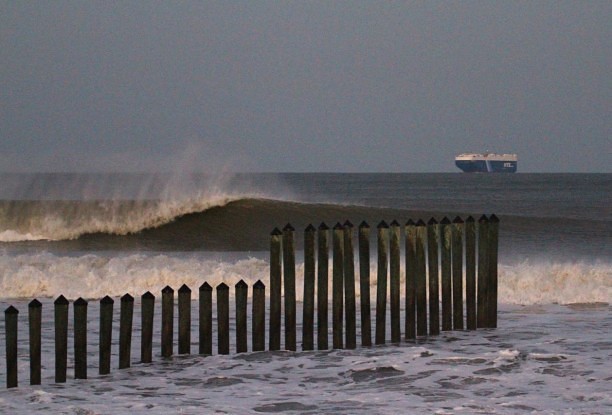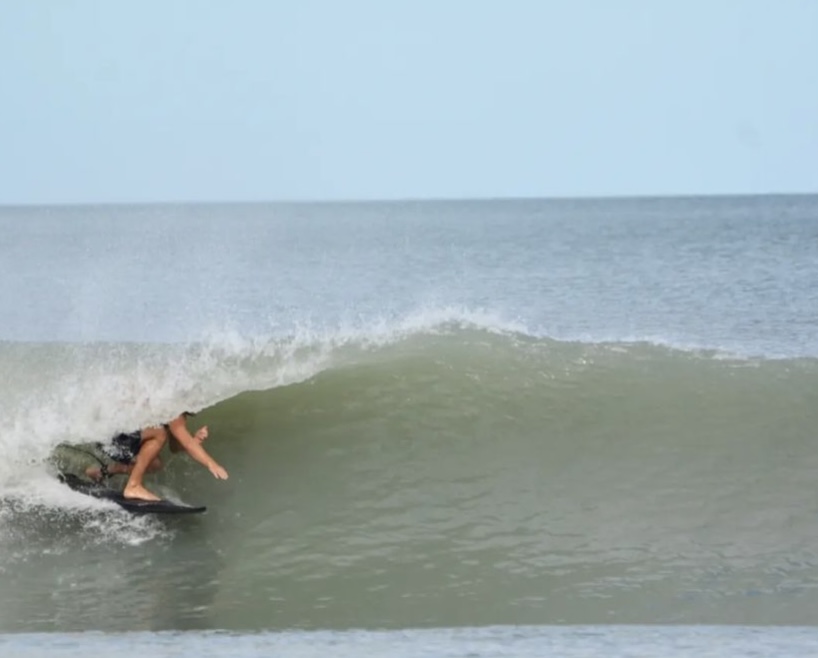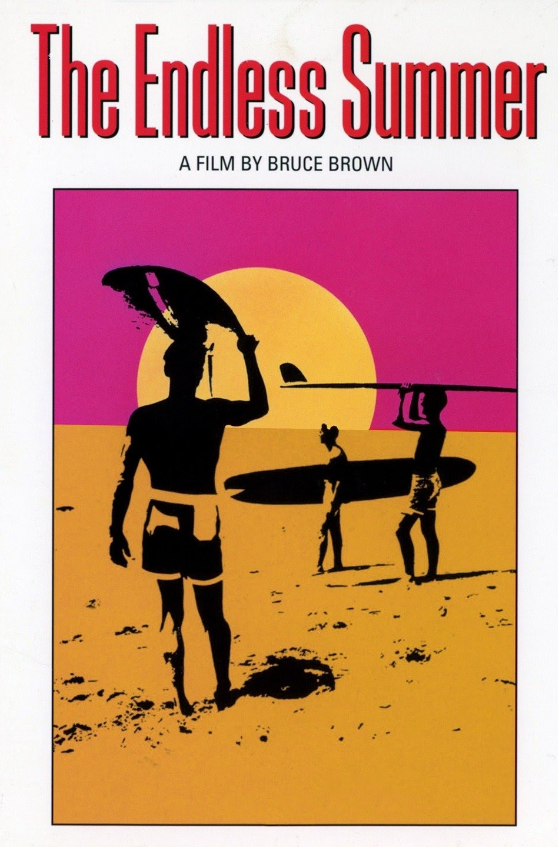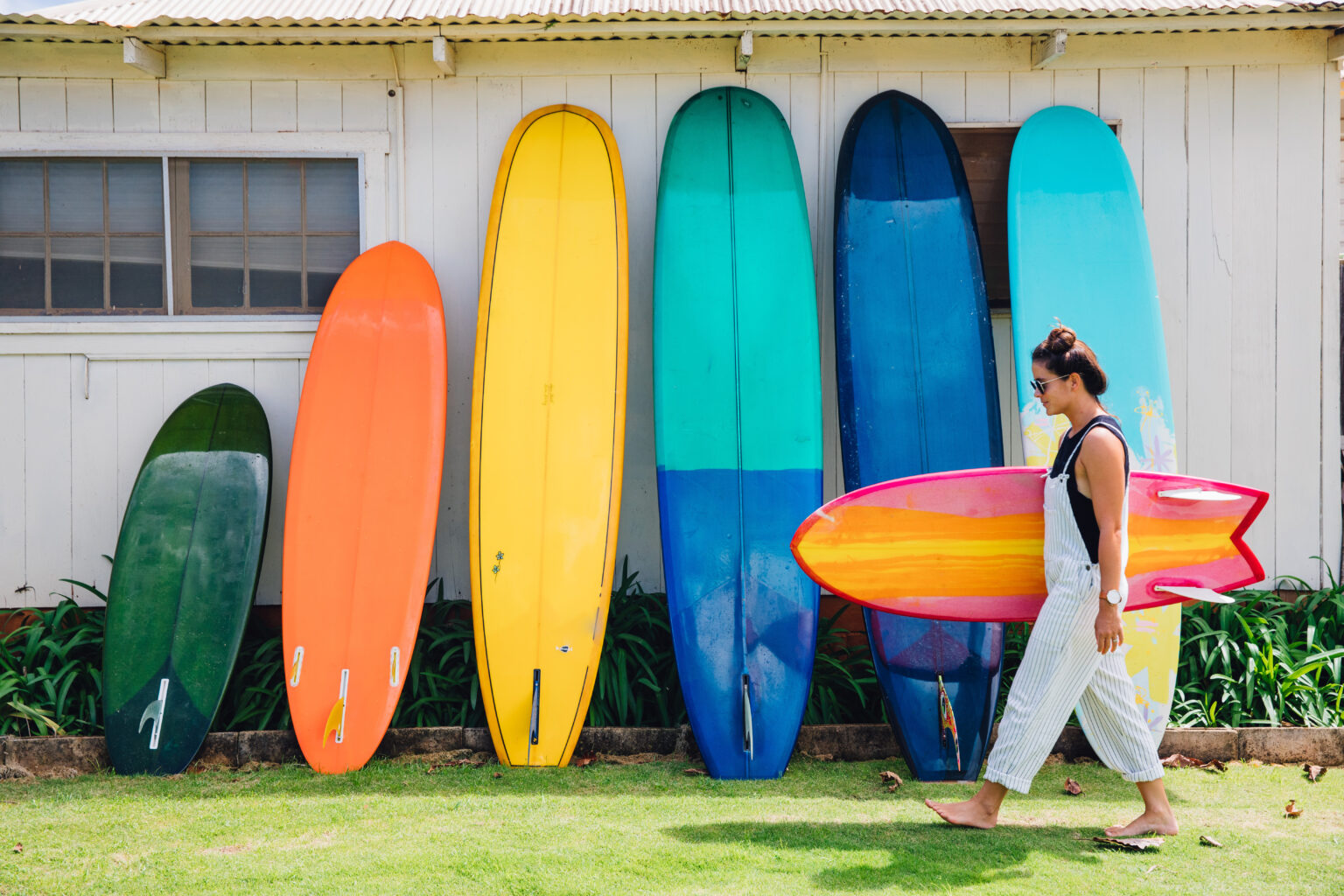About Florida Surf Travel
One could argue that North Florida is the most underrated surf region in the Southeastern U.S. It doesn’t have any of the Sunshine State’s big-name spots, such as Sebastian Inlet, Spanish House and Reef Road, and, looking through old surf magazines, you won’t find a lot of shots of hometown heroes in their natural surroundings. But this maligned stretch of beach can get as good as anywhere in the Southeast — maybe better. Between the Georgia state line and Cape Canaveral National Seashore, you’ll find breaks such as Mayport Poles — one of the few places where you can catch good, clean surf in the middle of a raging northeaster — St. Augustine’s Blowhole and New Smyrna Beach, the most consistent surf spot in all of Florida.
Unlike more homogeneous regions, such as Central Florida’s smooth stretch of smaller, easy-going beach towns where the ocean reigns supreme, or South Florida’s miles of congested development, where being liquid comes before being wet, North Florida can claim to have a truly diverse coastal community — or several, actually. After all, you have a major metropolis, such as Jacksonville, right next to the beach, followed by a softer string of resort towns, such as St. Augustine, and finishing with the biggest beach party in the world, around Daytona. Now add inland traffic from nearby cities and colleges, and you have a mix of influences that is perhaps unmatched around the state, as a trip down A1A will clearly show.
Florida Surf Crowds:
Once super localized, North Florida has blown up in terms of number of surfers. The Jacksonville beaches host the population of the entire city on weekends. St. Augustine is closest to Gainesville’s University of Florida, which is almost a city in itself and home to a huge surfing population. And New Smyrna is a straight shot from Orlando, Central Florida’s largest urban center. The reaction in each case varies: Jacksonville (Jax) has apparently grown less protective, except for certain breaks; Augustine is relatively wide open; and Smyrna changes moods inside of a hundred yards. Like anywhere, you can catch spots uncrowded, or you can surf with 200 others. It depends on where and when you go. Cruise the coast between St. Augustine and Ormond, and you’ll find countless peaks with little or no one out, especially during the week. But go to New Smyrna on a sunny Saturday, and you need a traffic light in the lineup.
Florida Surf Hazards:
We don’t want to say, “Don’t worry,” but shark attacks are rare, and are mostly cases of mistaken identity followed by a few stitches. Still, while you’re statistically more likely to get struck by lightning in Florida, some caution needs to be taken, especially around North Florida’s many inlets. As always, common sense is your best defense: don’t paddle around with that fin cut bleeding in the water while sitting inside Matanzas on the last of the outgoing tide.
Best Surf Seasons in Florida:
1) Fall
Although hurricane season officially starts in June, it isn’t until late summer and fall that it really cranks. August and September are traditionally the height of activity, although hurricanes in October and November are highly possible. Following a flat summer, hurricane swells are blessed messiahs to surfers who monitor every storm closely in hopes of an epic season. It’s very important for visiting surfers to pay equally close attention, not necessarily for the surf, but for safety. In 1999, when Hurricane Floyd barely spared the Sunshine State, it served notice that not every storm is a surfer’s friend. Despite such potential for destruction, fall is every surfer’s benefactor, when the year’s best swell-bringers converge in a single season. Besides tropical systems, cold fronts begin sending long-period north swells down the coast by late October, and some years there is so much surf that people go broke and kids fail school. (Well, almost.) Furthermore, the water is balmy, in the mid-80s well into September, and with activity moving in from the north and south, this is the best time of year, by far, for catching good, warm-watered surf in all of Florida.
2) Spring
Spring is characterized by clean, clear, crisp offshore days. March and April is when it starts warming up again, with cold fronts or southeast “suck-up” swells of lows moving across the Gulf of Mexico being the main swell providers. It’s windy in spring, so anything can happen, and with the exception of a late cold front, we soon return to those dreaded summer flat spells.
3) Winter
Obviously, North Florida takes the brunt of the winter months. November and December aren’t overly frigid and promise plenty of activity, with cold fronts barreling down in succession. Winter months of January, February and March still produce surf, but it’s much colder. Water temps in the 40s are not uncommon, and once you add the cold wind and air temps — freezing, at times — you’re busting out the rubber, even needing a hood on occasion. The good news? It’s much less crowded, and these north swells can be superb.
4) Summer
Traditionally, May through July is the flattest time of year; however, with a longboard and a good attitude, you can catch a lot of early morning sessions. Still, there are no guarantees in summer, and when — or if — the next knee-high relief will arise is a mystery. Sometimes it’s flat for so long, it seems like we’ll never see surf again, then — bam! It’s overhead and overpopulated. A late cold front in May might produce a short-lived north swell, or an early tropical disturbance in June or July can spawn a premature southeast groundswell. Overall, though, the only consistent wave-maker this time of year — and it’s not even consistent — is called a Bermuda High swell. This is when high pressure over the central North Atlantic produces a clockwise flow of light easterly winds with a very long fetch, releasing lazy 1- to 2-foot east-southeast groundswells that can come up with the tide, and seem non-existent on outgoing tide. Even the moon can affect these distant, weak lines.
Temperature-wise, don’t be fooled by the “North Florida” name — you aren’t getting any breaks from the heat. This may be the only part of the Sunshine State to get cold enough in winter to require booties and gloves, but summer is just as unbearable — daytime temperatures from 90 to 100 degrees — as the rest of the state, even if for less time.
This article originally appeared on Surfline.com




